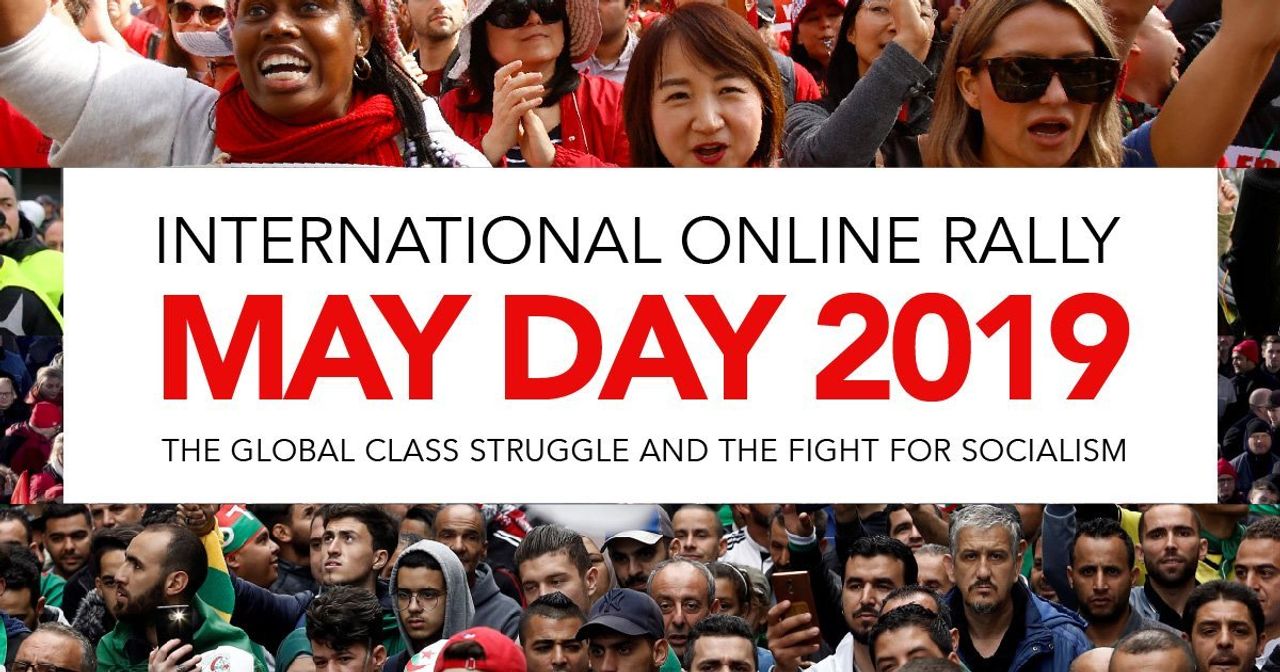Niles Niemuth
Amazon announced record first quarter profits on Thursday, more than doubling the amount made during the same period last year.
The international e-commerce and tech company is controlled by CEO Jeff Bezos, the wealthiest person in modern history, with a net worth that currently exceeds $150 billion. It pulled in $3.6 billion in profit in the first three months of the year out of $60 billion in global sales. This was up from $1.6 billion in profits out of $51 billion in sales in the first quarter last year.
While Amazon retail sales are growing more slowly than in the past, the company was able to increase its profit margin by increasing the exploitation of employees and expanding sales of its cloud computing and advertising services.
“Right now, we are on a nice path where we are getting the most of out of the capacity we have,” Brian Olsavsky, Amazon’s chief financial officer, boasted in a conference call with investors. He was referring to a four percent fall in the cost for fulfilling orders, due to declines in the number of new warehouses and fewer new workers.
Costs declined despite a much-heralded increase in the minimum wage for all Amazon workers in the US last year to $15 an hour. This wage increase, praised by Senator Bernie Sanders, turned out to be an accounting trick that has allowed Amazon to claw back stocks and other benefits from workers.
 Amazon-owned distribution center in Kentucky
Amazon-owned distribution center in Kentucky
Despite these massive profits, Amazon’s accounting department has been able to utilize a variety of tax credits and tax breaks on executive stock options to pay no federal income taxes for the last two years. In 2018, Amazon received a rebate of $129 million, for an effecting tax rate of -1.2 percent. In 2017, Amazon received a rebate of $140 million, making its then effective tax rate -2.5 percent.
Since 2009, the second largest private employer in the United States has paid just 3 percent in income taxes on $27 billion in profits, well below the 21 percent corporate tax rate signed into law by President Donald Trump in 2017.
With its record breaking first quarter, Amazon is on track to top the $11.2 billion in profits that it made in 2018. However, this is not enough for Wall Street, which responded to the earnings report by holding the company’s stock steady for the day Thursday. The message is clear: the exploitation of workers in the US and around the world must be increased ever further to ensure an even bigger haul next quarter and every quarter thereafter.

On May 4, the International Committee of the Fourth International is holding its annual International May Day Online Rally, with speakers and participants from throughout the world.
Amazon has promised that the pressure on its already hyper-exploited workers will increase with the announcement that it will transition from free two-day shipping for its Prime service subscribers to free one-day shipping.
“The one-day free shipping will come at a price to the employees,” Amazon whistleblower Shannon Allen told the World Socialist Web Site. “Coming soon to an Amazon [fulfillment center] near you: increased employee injuries, suicidal thoughts, increased anxiety and depression. And for the confident worker—isolation, increased productivity for the same amount of pay, less bathroom breaks, less water breaks, all while watching from your front-row station as your fellow employees get hauled away in the ambulance.”
“Speak up, have a backbone,” Allen appealed to Amazon workers. “That quote is written on the walls at Amazon. You have nothing to lose but your chains.”
Amazon’s workers are already among the most physically exploited, with warehouse workers in the US earning an average annual salary of $28,000 while being expected to sort and pack products and boxes at extraordinary rates. Many workers have suffered debilitating injuries due to broken equipment, strain from repetitive movement and heat exhaustion. Workers report urinating in bottles at their work stations rather than miss time sorting packages by walking to and from the bathroom.
An analysis by The Verge of documents submitted by Amazon in a labor dispute with a former worker found that the company has established an almost entirely automated system for tracking and firing workers who fail to “make rate.” More than ten percent of the workforce at one warehouse in Baltimore, about 300 full-time employees, were fired simply for missing package quotas. Extrapolated to the entire workforce across the United States, this implies that thousands lose their jobs every year for not moving quickly enough.
Out of the sweated labor of hundreds of thousands of workers around the world, Bezos added $50 billion to his net worth in 2018, making more in one second, $2,950, than the average Amazon worker in India made in an entire year, $2,796. If Bezos’ $150 billion fortune were divided up equally among his employees, each one would get a bonus of $232,000.
Bezos used his fortune to purchase the Washington Post for $250 million cash in 2013, giving him a critical tool for influencing national politics and developments in the nation’s capital. Shortly after his purchase of the paper, Amazon won a $600 million contract with the CIA. The company is currently bidding for a $10 billion contract to provide cloud computing services to the Department of Defense and is planning to open its second headquarters in northern Virginia, just five minutes from the Pentagon.
With its ability to extract massive profits from a highly exploited global workforce, Amazon is becoming the model for companies around the world. Last month, Amazon and automaker Volkswagen announced a partnership to create an industrial cloud to “reinvent [VW’s] manufacturing and logistics processes.” The joint venture promises the “Amazonification” of the auto industry, with the further casualization of labor and the implementation of technologies that allow for ever more precise tracking and control of workers’ every movement.
No comments:
Post a Comment